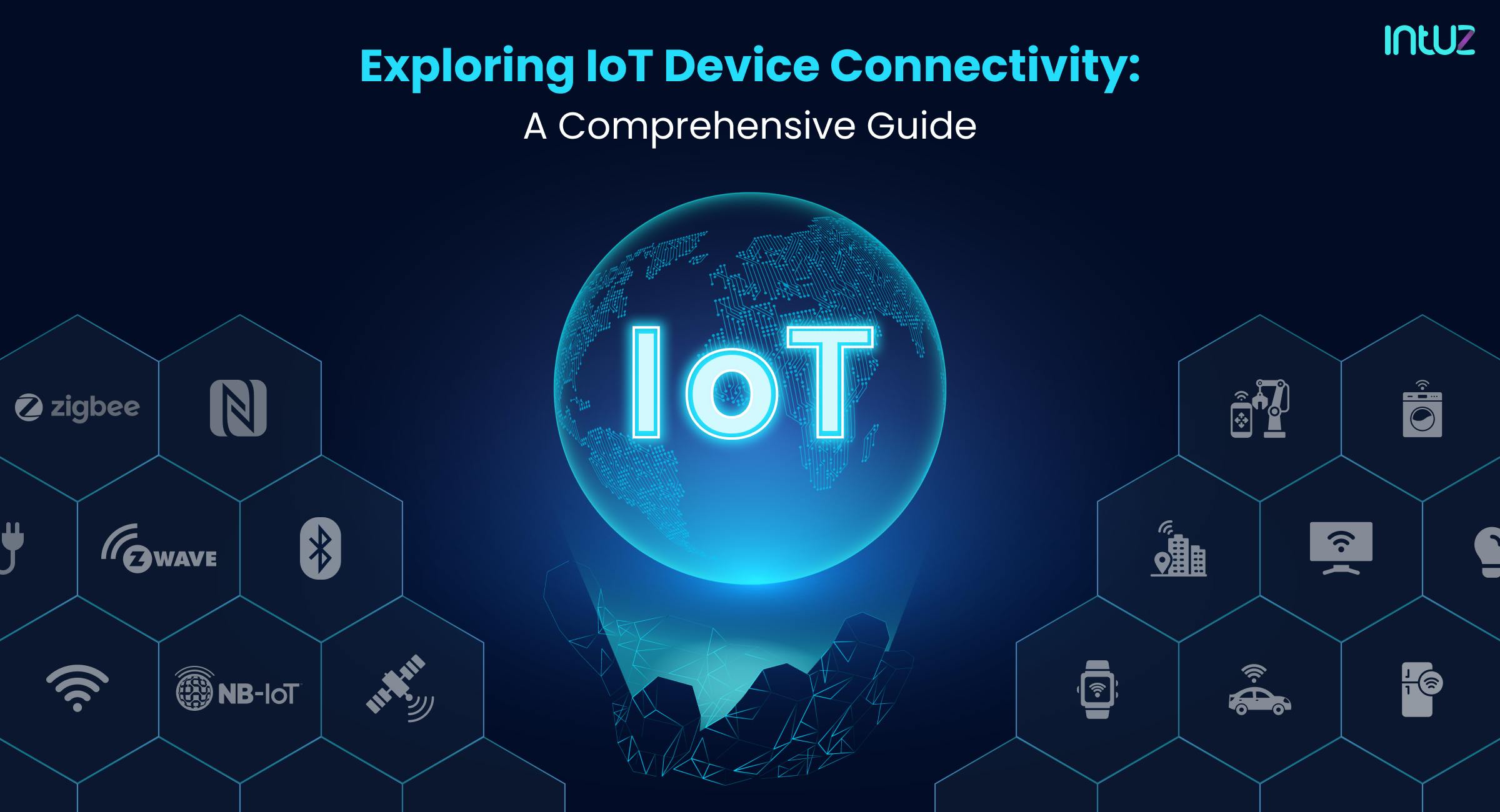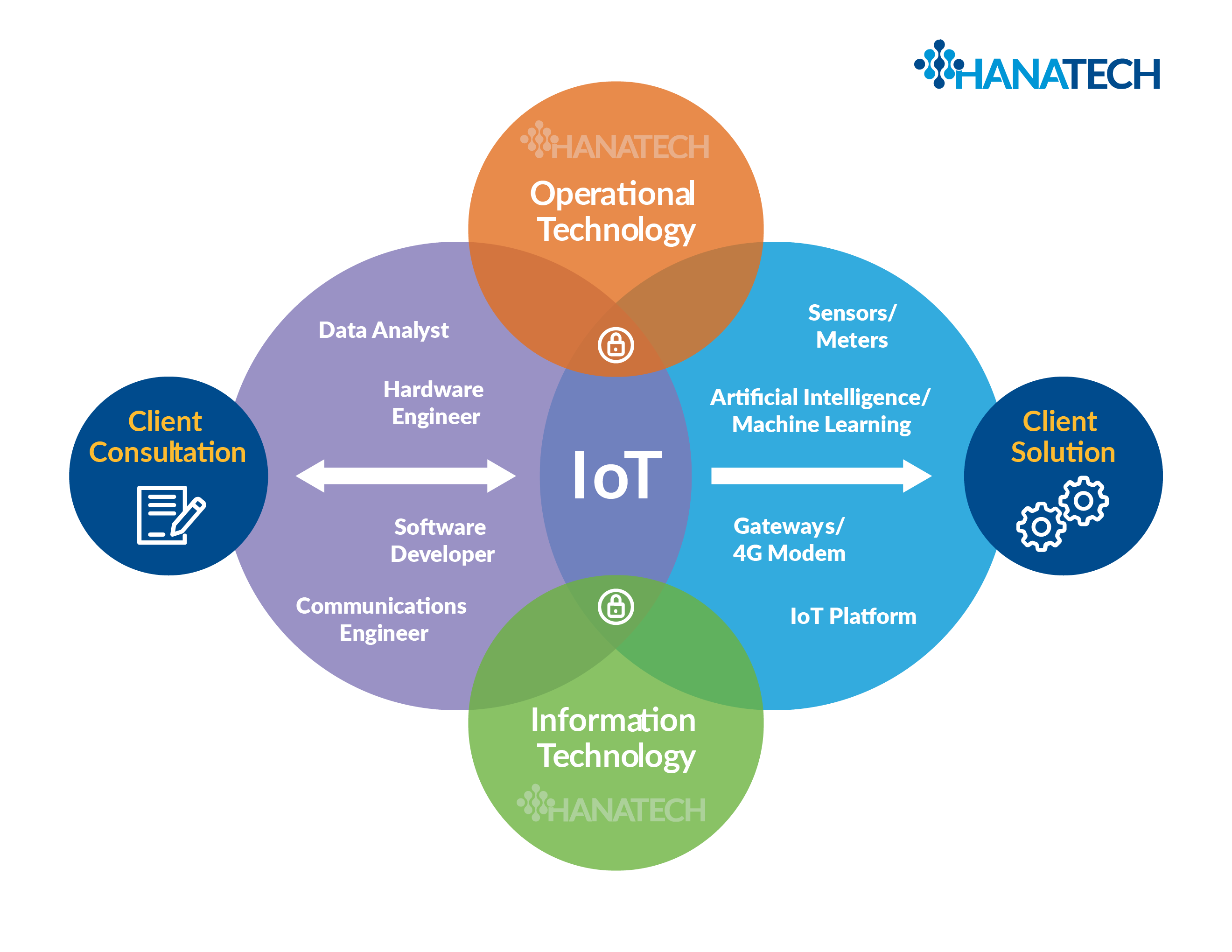Listen up, tech enthusiasts and IoT aficionados! If you're diving into the world of remotely connect IoT, you've come to the right place. Imagine this: you're chilling at home while your smart devices out in the field are doing their thing. But what if you want to check in on them or tweak their settings from afar? That's where remote IoT connectivity comes into play, and it’s a game-changer. So, buckle up because we’re about to explore how to remotely connect IoT devices like pros.
Now, before we dive headfirst into the nitty-gritty, let’s take a moment to appreciate the magic of IoT. The Internet of Things is more than just buzzworthy tech; it's a revolution that’s transforming industries and our daily lives. Whether it's monitoring smart home gadgets, managing industrial equipment, or keeping an eye on agricultural sensors, remotely connect IoT is the key to unlocking convenience and efficiency.
But here's the deal—getting your IoT devices to talk to you from a distance isn’t always a walk in the park. There are hurdles, security concerns, and technical quirks to navigate. Don’t worry, though; by the end of this guide, you’ll have all the tools and knowledge you need to set up a rock-solid remote IoT connection. So, are you ready to level up your IoT game? Let’s get started!
- Bolly4u Fix Your Ultimate Guide To Bollywood Movie Streaming
- Miaz1234 The Rising Star You Need To Know About
Table of Contents
- What is Remotely Connect IoT?
- Why Does Remotely Connect IoT Matter?
- A Brief Biography of IoT
- Tools You’ll Need for Remotely Connect IoT
- Security Best Practices for Remote IoT Connections
- Common Challenges in Remotely Connect IoT
- Solutions to Overcome Challenges
- Real-World Applications of Remotely Connect IoT
- The Future of Remotely Connect IoT
- Wrapping It All Up
What is Remotely Connect IoT?
Let’s break it down, folks. When we talk about remotely connect IoT, we’re referring to the ability to interact with and manage IoT devices from anywhere in the world. Think of it as giving your smart gadgets a virtual handshake, allowing you to monitor, control, and update them without being physically present.
At its core, remotely connect IoT relies on a combination of hardware, software, and networking technologies. Devices are equipped with sensors and communication modules that enable them to send and receive data over the internet. This data is then processed by cloud platforms or local servers, giving users access to real-time insights and control options.
Key Components of Remote IoT Connectivity
There are a few key players in this IoT orchestra:
- Filmyflyfi 2025 Your Ultimate Guide To South Bollywood Movies
- Why Filmyfly Best Movies Is Your Ultimate Streaming Destination
- Devices: These are the smart gadgets you want to connect, like sensors, cameras, or industrial machines.
- Gateways: These act as intermediaries, translating data between devices and the cloud.
- Cloud Platforms: Think of these as the brains of the operation, where all the data is stored and processed.
- Networks: Whether it’s Wi-Fi, cellular, or satellite, networks are the highways that carry data back and forth.
Why Does Remotely Connect IoT Matter?
Here’s the thing—IoT devices are everywhere, and they’re only going to become more prevalent. According to a report by Statista, the global number of connected IoT devices is projected to surpass 25 billion by 2030. That’s a lot of gadgets, and managing them all manually just isn’t feasible.
Remotely connect IoT bridges this gap, offering solutions for businesses and individuals alike. For companies, it means reduced operational costs, improved efficiency, and better decision-making based on real-time data. For consumers, it translates to convenience, safety, and the ability to stay connected to their smart homes no matter where they are.
Benefits of Remote IoT Connectivity
- Cost Efficiency: Cut down on travel and maintenance expenses.
- Scalability: Easily manage large fleets of devices from a single interface.
- Real-Time Insights: Get instant updates and alerts for proactive management.
- Enhanced Security: Monitor and protect your devices against potential threats.
A Brief Biography of IoT
IoT, short for Internet of Things, has come a long way since its inception. The term was first coined in 1999 by Kevin Ashton, a British technology pioneer, during a presentation at Procter & Gamble. Ashton envisioned a world where objects could communicate with each other and share data, revolutionizing industries and everyday life.
Fast forward to today, and IoT is everywhere. From wearable fitness trackers to autonomous vehicles, the possibilities are endless. But what’s truly exciting is how remotely connect IoT is pushing the boundaries of what’s possible. It’s not just about connecting devices—it’s about creating intelligent ecosystems that work seamlessly together.
Data and Stats
Here are some mind-blowing stats to put IoT’s growth into perspective:
- By 2025, the global IoT market is expected to reach $1.6 trillion.
- More than 75% of businesses worldwide are already implementing IoT solutions.
- The average household will own over 500 smart devices by 2030.
Tools You’ll Need for Remotely Connect IoT
Now that we’ve covered the basics, let’s talk about the tools you’ll need to set up a remotely connect IoT system. There are plenty of options out there, ranging from hardware devices to software platforms. The key is finding the right combination that suits your needs and budget.
Hardware Requirements
- IoT Devices: Choose devices that are compatible with remote connectivity, such as smart thermostats, cameras, or industrial sensors.
- Gateways: These act as bridges between your devices and the cloud, ensuring smooth data transmission.
- Routers: A reliable router is essential for maintaining a stable internet connection.
Software Platforms
- Amazon Web Services (AWS): Offers robust IoT services for managing and analyzing device data.
- Microsoft Azure IoT: Provides scalable solutions for building and deploying IoT applications.
- Google Cloud IoT Core: A powerful platform for securely connecting and managing IoT devices.
Security Best Practices for Remote IoT Connections
Let’s be real—security is a big deal when it comes to remotely connect IoT. With so much sensitive data being transmitted, it’s crucial to implement strong security measures to protect your devices and networks. Here are some best practices to keep in mind:
Encryption and Authentication
Always use encryption protocols like TLS (Transport Layer Security) to safeguard data in transit. Additionally, implement strong authentication mechanisms to ensure only authorized users can access your devices.
Regular Updates and Patching
Keep your devices and software up to date with the latest security patches. Manufacturers frequently release updates to address vulnerabilities and improve performance.
Common Challenges in Remotely Connect IoT
While remotely connect IoT offers incredible benefits, it’s not without its challenges. Here are some of the most common hurdles you might encounter:
Network Connectivity Issues
Unstable internet connections can disrupt data transmission and cause delays. Make sure your network infrastructure is robust and reliable.
Data Overload
With so many devices generating data, it’s easy to get overwhelmed. Implement data filtering and prioritization strategies to manage the influx of information effectively.
Solutions to Overcome Challenges
Don’t let these challenges hold you back. Here are some solutions to help you overcome them:
Edge Computing
By processing data locally on devices instead of sending everything to the cloud, edge computing reduces latency and bandwidth usage.
Automated Maintenance
Set up automated systems to monitor device health and perform routine maintenance tasks, minimizing downtime and improving overall efficiency.
Real-World Applications of Remotely Connect IoT
Let’s take a look at some real-world examples of how remotely connect IoT is making an impact:
Smart Agriculture
Farmers are using remotely connect IoT to monitor soil moisture levels, weather conditions, and crop health. This allows them to optimize irrigation and fertilization schedules, resulting in higher yields and reduced costs.
Remote Healthcare
IoT devices are transforming healthcare by enabling remote patient monitoring. Doctors can track vital signs and adjust treatment plans in real time, improving patient outcomes and reducing hospital stays.
The Future of Remotely Connect IoT
As technology continues to evolve, the future of remotely connect IoT looks brighter than ever. Innovations in 5G, AI, and machine learning are paving the way for even more advanced applications. Imagine fully autonomous cities where every device is interconnected and working in harmony. It’s not just science fiction anymore—it’s becoming a reality.
Trends to Watch
- Increased Adoption: More industries will embrace IoT as its benefits become increasingly apparent.
- Improved Security: Advances in cybersecurity will make remote IoT connections safer and more secure.
- Sustainability Focus: IoT will play a key role in promoting eco-friendly practices and reducing carbon footprints.
Wrapping It All Up
There you have it, folks—a comprehensive guide to remotely connect IoT. From understanding the basics to overcoming challenges and exploring real-world applications, we’ve covered it all. Remember, the key to success lies in choosing the right tools, implementing strong security measures, and staying up to date with the latest trends.
So, what are you waiting for? Start exploring the world of remotely connect IoT today and unlock its full potential. Don’t forget to leave a comment below or share this article with your tech-savvy friends. And if you haven’t already, check out our other guides for more insights into the fascinating world of IoT. Happy connecting!
- Aditi Mistry Viral Video Scandal Ndash The Truth Behind The Headlines
- Narvel Blackstock The Man Behind The Music And More


